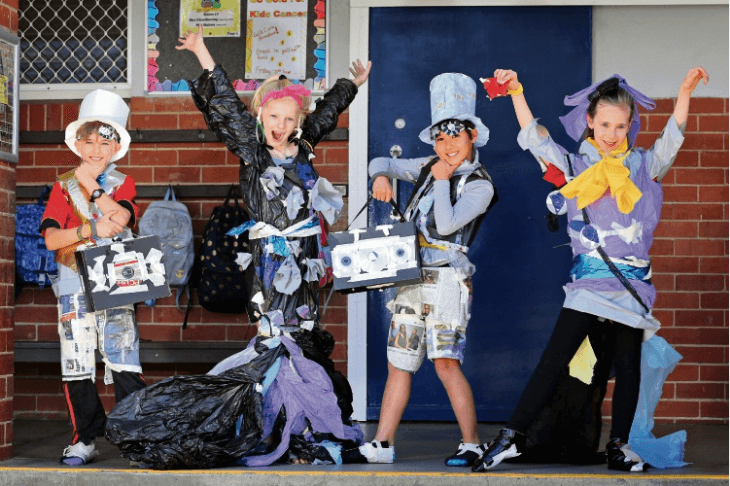
Meet the waste champions who are owning it
Every wondered how Western Australia will make significant inroads in its collective efforts to reduce waste?
Posted on: July 13, 2020
Heard the word about Plastic Free July and looking for ways be part of the solution to plastic pollution? Millions of people around the globe are reducing their plastic waste by choosing to refuse single-use plastic. Here are some of our favourite things to try this Plastic Free July.
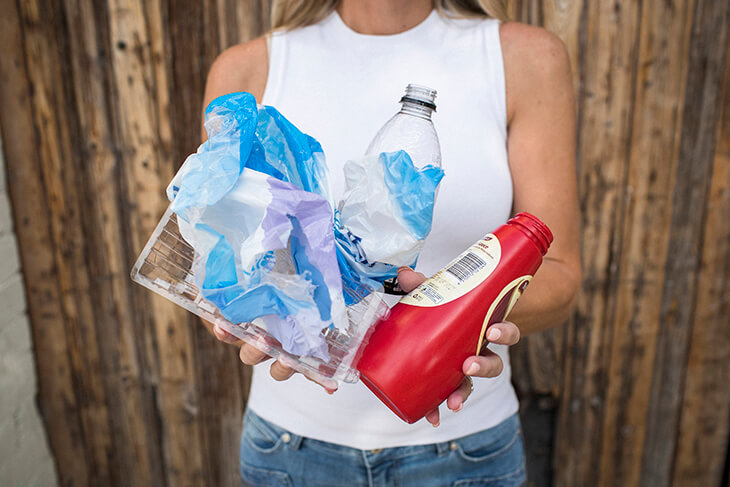
Plastic Free July is a pledge taken to reduce and refuse single-use plastic in July.
Take a note of the word reduce — this challenge certainly doesn’t demand that you to convert to a zero-waste lifestyle! You don’t have to be 100 per cent plastic-free all month to succeed.
It’s estimated that in 2024, more than 100 million people worldwide will make a conscious effort to ‘choose to refuse’ over the month of July.
Everyone — individuals, households and businesses can sign up to the challenge.
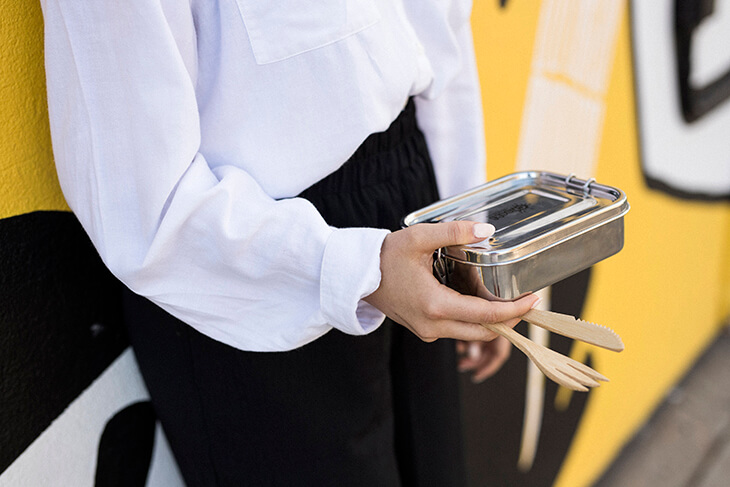
You have the power to reduce and refuse plastic items every day
Signing up is important for two reasons; firstly, it’s a great way to hold yourself accountable over the course of the month. You’ll receive reminders and tips to help keep motivation levels high. Secondly, you’ll want to make your efforts count! Help the movement grow so that even more people are encouraged to do it in future years.
Visit the Plastic Free July website to register.
Personalise your ‘choose to refuse’ pledge. Think about your lifestyle and how far you’re willing to go. Your challenge could be to:
eliminate the three most common single-use plastic items - single-use cups, plastic drink bottles or plastic food wrap
avoid all single-use plastics
go completely plastic-free
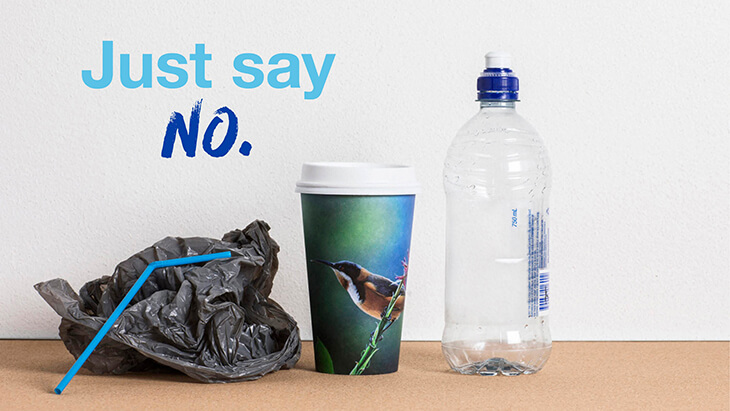
Aim for an achievable goal – pledging to eliminate ‘the big bad four’ is a great starting point.
If you are relatively new to reducing your waste, we suggest starting with the ‘Top Three’ items — you can build up from there.
If you are already pretty good at carrying around your reusable cups, bottles, bags and containers, then why not flex your impact-owning muscles and make the effort to avoid all single-use plastics for a month. This will likely mean making changes to how you source your groceries, making some adjustments to what you eat, and more widely paying close attention to the packaging of the other items you buy during the month.
If you’re already a pretty savvy single-use plastic avoider and feel ready to take the next step towards a zero-waste lifestyle then why not use the challenge to go completely plastic-free. This will require a commitment to seek out plastic alternatives to all of the items you purchase — everything from clothing (goodbye polyester!), accessories and appliances.
Whichever goal you choose, know that by personally choosing to refuse plastic — whether that’s 10, 100 or 1,000 pieces over the course of the month — it does make a difference. Each year, Plastic Free July participants stop around 300 million kg of plastics from polluting the planet!
Plastic Free July is about taking a step to re-program your thinking and habits, so let’s be clear, when we say plan for success, we don’t mean stockpiling items in June or putting off purchases until August!
If you don’t already have one, now is the time to put one together.
The best way to avoid waste is to use what you already have. If you own enough reusable cups to host your own tea party, but find you don’t have them to hand when you need them, you’ll need to dig them out, dust them off and devise a strategy on how to change this. It might be that you need to switch the bag you use so you can carry them with you, or perhaps it’s about moving them into your car or keeping a spare set at work.
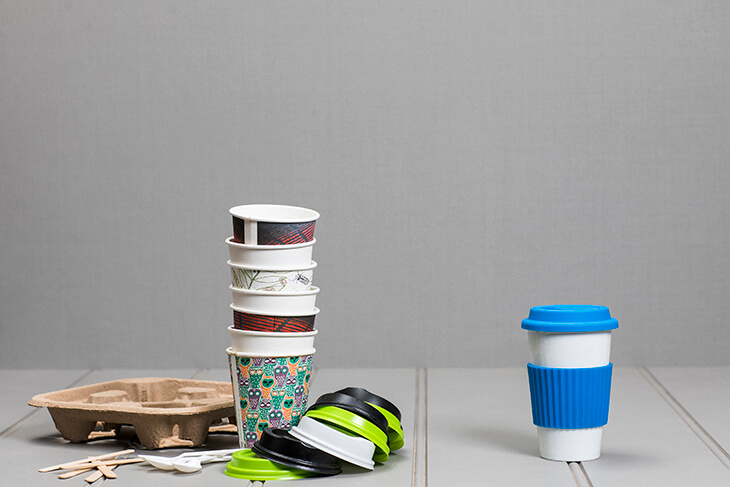
Replacing single-use items with a reusable one is a great way to cut your daily waste footprint.
If you’re looking to eliminate single-use plastic you’re going to need to shake up your routines a little.
Now is the perfect time to get acquainted with your local bulk food store and independent greengrocer. Research the markets near you too — buying direct from a producer or maker typically means less packaging so these may become a go-to destination for things like gifts and clothing.
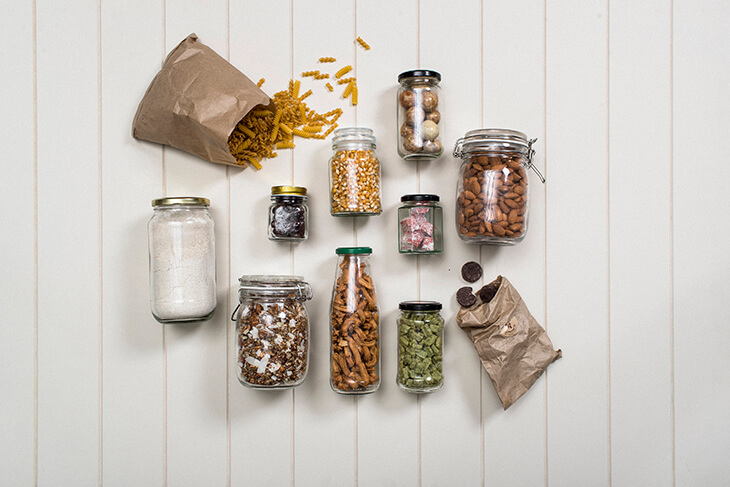
Get yourself acquainted with your local bulk food store if you want a packaging-free grocery shopping experience.
Letting others know you’re doing the challenge adds an extra level of accountability — you’re less likely to abandon it part-way through now that everyone knows! Recruit family members, make sure colleagues know, share it on social media. You may even motivate others to get on board or choose to refuse alongside you, something which will double the impact!
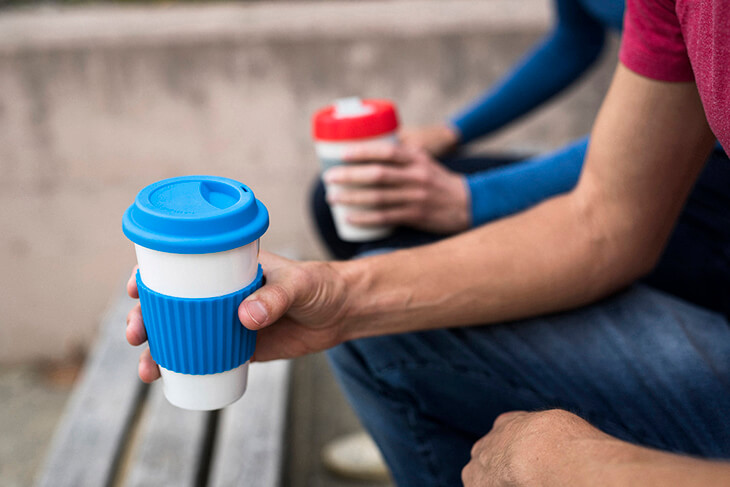
Let people know you’re doing Plastic Free July – they might event decide to join you.
You might be handed a sandwich wrapped in plastic, a friend may turn up with a bunch of flowers wrapped in plastic or perhaps you are caught short and have no other option than to accept a bottle of water to starve off dehydration. You need to know that that’s ok, you haven’t failed! The very fact that you are mindful of this plastic consumption, when you previously wouldn’t have been, is a huge step in the right direction.
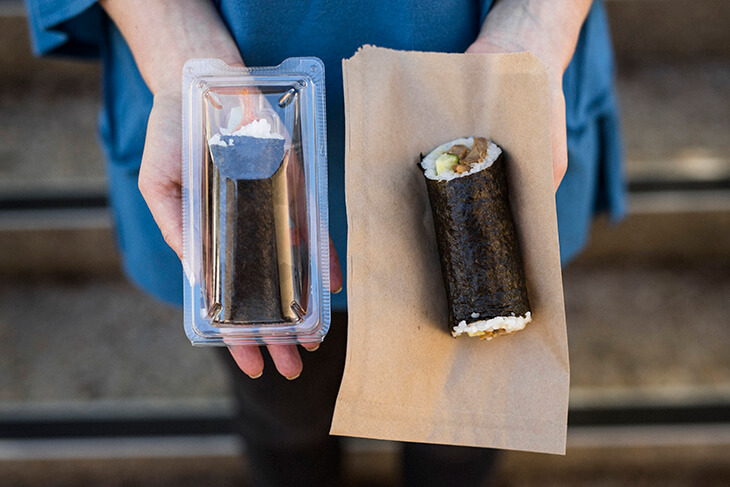
Asking for a plastic-free alternative is easier than you think. You just have to remember to do it.
You can start refusing plastic at any time of the year and in all kinds of settings. Don’t be afraid to ask for an alternative — this is your opportunity to reclaim control of what you are putting in the bin.
Good luck!
Here are 22 (relatively) simple swaps to get you started on thinking about reducing your plastic consumption.
| Plastic | Plastic-free alternative |
|---|---|
| Barrier bags (for fruit and veg) | Reusable produce bags, or go loose |
| Bin liner (plastic bag) | Line your bin with several layers of newspaper. Learn how here. |
| Bottled drinks | Use a reusable drink bottle, look for glass bottles or dine in |
| Cereals | Purchase from a bulk food store |
| Chips / crisps | Purchase similar snacks from a bulk food store |
| Chocolate | Seek out chocolate wrapped in paper and tin foil, or purchase from a bulk food store |
| Coffee cup | Take a reusable cup |
| Deodorant | Choose cardboard wrapped versions or make your own |
| Dog poo bag | Use folded up newspaper |
| Facial wipes | Use a flannel or muslin cloth |
| Gifts | Give a voucher for an experience |
| Plastic wrap / cling film | Use a reusable container, aluminium foil, fabric wraps (beeswax or similar) |
| Milk | Look for milk in refillable glass bottles |
| Disposable nappies | Reusable cloth nappies |
| Pasta | Make your own, buy in bulk or look for cardboard-packaged pasta |
| Plastic bag | Carry in your arms, or use a cardboard box or reusable bag |
| Sanitary items (pads and tampons) | Reusable pads or menstrual cup |
| Shampoo and conditioner | Solid bar varieties |
|
Straws |
Go without or choose a metal, glass or paper straw |
| Toilet paper | Look for toilet paper wrapped in paper |
| Toothbrush | Look for a wooden bamboo toothbrush |
| Toothpaste | Make your own |
We love to see people taking steps to own their impact, so please don’t forget to share photos. Remember to include #wastesorted and #plasticfreejuly when you post about your efforts.

Every wondered how Western Australia will make significant inroads in its collective efforts to reduce waste?
.png)
Wondering how you can make a positive impact this festive season? Why not take a leaf out of some of WA’s most waste savvy individuals and organisations’ book.
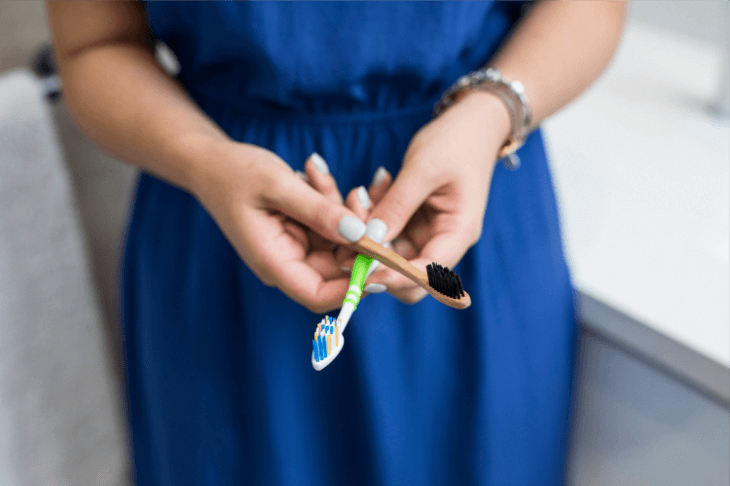
Looking to reduce your impact? Your bathroom is a great place to start – and you might just be surprised by the quick wins that are possible.